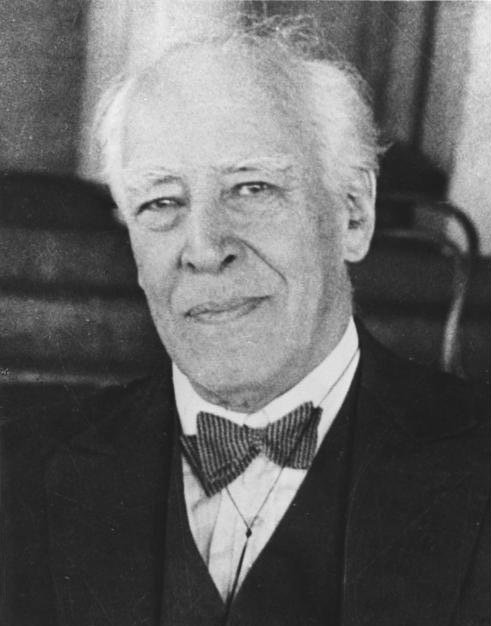
There are so many different acting techniques and books and teachers that finding a process that works for you can be confusing. Ironically, most acting books and teachers use similar principles as basis of their pedagogy; Stanislavski’s system. This is because Constatin Stanislavski is considered the father of modern acting and every acting technique created in the modern era was influenced by “Father Stan.” For young actors, understanding of Stanislavski’s seven questions is an invaluable foundation upon which to build a character.
1. Who am I?
Start with the basics and then fill in the gaps with your imagination. Pick apart the script to find out what type of person your character is; what they look like, what they believe, how others describe them and so on. Think about your character’s past and the significant events/people that influenced them and made them who they are in the script.
2. Where am I?
The script will usually tell you where you are but the important thing for an actor is to consider how the character feels about the place they are in. Characters act differently in public than they do in private. People move differently when they are cold vs. when they are too hot. The space your character occupies can determine how they behave during a scene.
3. What time is it?
Year, season, month, day, and time of day should all be described. Then, think about how the specific time of the play changes the character’s action. If it’s set in Victorian England, voice and proper etiquette will be different than San Francisco in the 1960s.
4. What do I want?
This is a character’s primary motivation for everything they do in a scene. All actions should be executed with the goal of getting what you want from the other characters in the scene. This is also called a character’s objective.
5. Why do I want it?
There must be a driving force behind your objectives on stage and on screen and that is your justification. We all having reasons for doing what we do and characters are no different. Give your character a convincing reason for acting and you automatically generate high stakes which leads to tension.
6. How will I get what I want?
Use your dialogue, movements, and gestures to try to influence the other characters to give you what you want i.e. accomplish your objective. This is also called a character’s tactic. If one tactic fails, try a new one and see if that works.
7. What must I overcome to get what I want?
There is always something stopping you from achieving your objective. Usually, there is someone or something in the outside world impeding a character’s advancement and also some internal conflict with which they struggle. Find what it/they are and fight against them with the scene. This is also called a character’s obstacle.
These seven simple questions can provide hours of work for an actor to answer fully. The flip side is that an actor who puts in the time and energy will inevitably have a greater understanding of their character and their personal acting technique. Take them, learn them, and think about them. That is why Stanislavski asked them.
[su_note]Learn more about the School of Acting at the New York Film Academy, with campuses in New York, Los Angeles, and Miami.[/su_note]